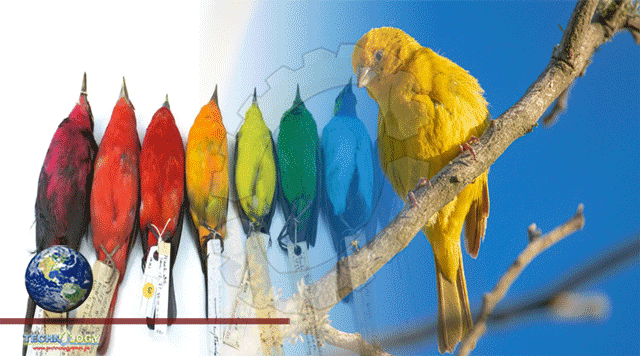When European naturalists traveled to the tropics in the 1800s, they postulated that birds became more colorful closer to the equator.

When European naturalists traveled to the tropics in the 1800s, they postulated that birds became more colorful closer to the equator—a theory that scientists confirmed on Monday using artificial intelligence technology.
Biologists Charles Darwin, Alexander von Humboldt and Alfred Russel Wallace were all stunned by the vivid colors of flora and fauna during their tropical expeditions, particularly compared to what they were used to back in northern Europe.
“The nearer we approach the tropics, the greater the increase in the variety of structure, grace of form, and mixture of colors, as also in perpetual youth and vigor of organic life,” German naturalist Humboldt marveled in a translation from 1850.
Since then, scientists have suspected that the color patterns of animals varied according to their latitude.
Aiming to finally prove the hypothesis, biologists from the University of Sheffield studied more than 4,500 species of passerine birds—songbirds such as wrens, sparrows and blackbirds—throughout the world.
The scientists took three photographs of the plumage of the adult birds from the collection of the Natural History Museum in Tring, Britain.
Then using deep learning—an artificial intelligence technique—to extract data from the photograph’s pixels, they identified the color at 1,500 different parts of the plumage of each bird.
The scientists then ranked the birds by colourfulness and compared it to where they came from.
The results, published in the journal Nature Ecology and Evolution, proved Darwin and others right that birds are brighter closer to the equator—and become duller the farther they get from it.
But why does this happen? British naturalist Wallace theorized that the “luxuriant vegetation of the tropics” acted as a natural camouflage for the birds all year round, whereas those in the north had to adapt their plumage to handle bare trees every winter.
Study author Christopher Cooney said his findings did indeed support some of Wallace’s predictions.
“For example… we found that colourfulness was highest in birds from dense, closed forest habitats,” he told AFP.
Another factor was diet, as birds eat fruit and floral nectar—as well as having more energy to spare to make such colors, he said.
And in vibrant rainforests, having colors that stand out from the crowd “may help tropical species to distinguish themselves from others”, he added.
This news was originally published by Phys.org.